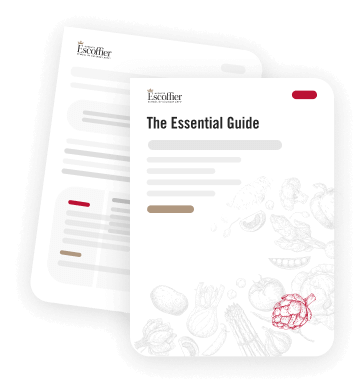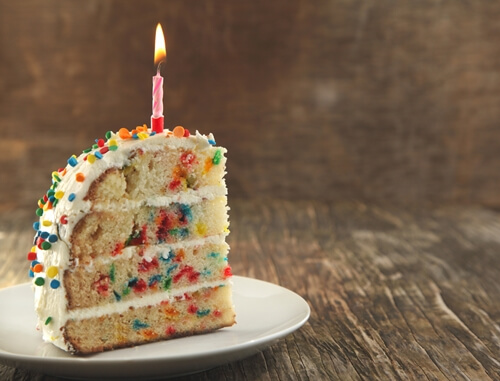4 Tips For The Perfect Baking Experience

For many chefs, there’s a profound difference between cooking and baking. Speaking to the Chicago Tribune, Jacquy Pfeiffer described being a baker as a special art form, one requiring a number of skills. A great baker must be dedicated and persistent, able to avoid agitation as certain recipes begin to fall apart. Beyond that, life as a baker requires certain kinds of intimacy, with everything from the various ingredients and tools to operating effectively in the kitchen. For those who have the passion, here’s what you need to know:
1. Keep everything cold
The art of pastry making can be a cold, cold world {this doesn’t really make sense. “Making pastry” is an action not a world}. Literally. As BBC’s Good Food pointed out, sustaining lower temperatures in the kitchen can have a profound effect on your culinary endeavors. Cold temperatures can keep the fat you’re working with from becoming overly greasy. Most recipes also call for chilled butter, as it helps to maintain a certain level of consistency. Even the cooking board, the countertop and the water being used should all be cold. This also extends to your actual hands, as the cold prevents the formation of recipe-ruining stringy gluten, according to The Guardian.
2. The importance of gelatin
In the world of baking, gelatin is the glue that holds it all together, according to Road To Pastry. Made from animal protein, it’s used to combine ingredients and lend everything a nice bit of thickness. Even still, there are certain considerations to make before beginning any recipe, The Aubergine Chef noted. Because it is often made from the hooves of a pig, gelatin isn’t kosher, vegetarian nor vegan, which is important to keep in mind when serving certain people. For those cooking with fruit – like kiwi and pineapple – boiling it beforehand will help to mitigate a natural enzyme that can break down the gelatin. Finally, be aware of the ratio of gelatin to other liquids – as a rule, there should be a quarter ounce of gelatin for every 14 to 16 ounces of liquid.
3. A word on sugar
Like a fingerprint or a snowflake, no two sugars are exactly the same, My Baking Addiction explained. There are several kinds of sugar available, but not every one is perfect for baking. Sweeteners worth extra consideration include:
- White granulated sugar: The most common variety.
- Sanding sugar: Used mostly for decoration as it gives cakes and such a shimmery exterior.
- Brown sugar: Comes in two varieties, light and dark. The added molasses makes either kind perfect for sauces or drizzling.
4. The fluffiest icing
There’s a reason something is often described as the icing on the cake. There’s a difference between good frosting and great frosting. Normally, buttercream icings are made with actual butter, but some recipes opt for Italian meringue, the Chicago Tribune explained. Made from fully beaten egg whites and hot sugar syrup, meringue is then combined with a vegetable shortening, like Crisco. The result is icing that is not only extra fluffy, but more spreadable and less perishable.


